Goat willow "Pendula"
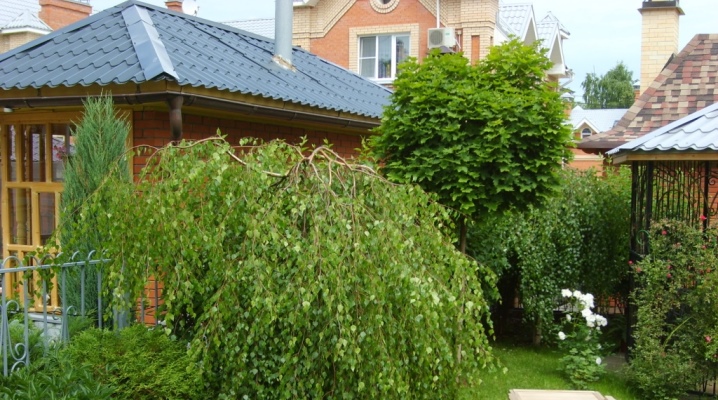
The goat willow "Pendula", according to landscape designers, is one of the best representatives of ornamental plants that can decorate a personal plot. What are the features of growing this unusual plant? How is it remarkable and what are the features of caring for it?
Description
Goat willow is a low deciduous shrub or tree that can reach a height of 7-10 meters. Goat willow "Pendula" is an elegant ornamental plant from the willow family, the height of which usually does not exceed 1.5 meters (the height of the plant depends on the size of the trunk).


Outwardly, it is a neat tree with flexible branches... The plant is characterized by a fairly rapid growth in height and in the diameter of the crown. The annual growth of a tree in height varies from 5 to 10 centimeters, the growth in the crown can reach 20 centimeters. The growth of branches in one growing season can reach 1 meter.

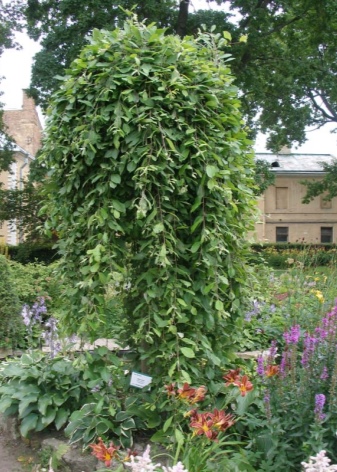
Willow "Pendula" – whole-leaved, with strong elastic branches covered with greenish-white, gray-white or brownish-yellowish bark.
The leaves are spiky, olive green, outwardly reminiscent of bird cherry leaves. In autumn, the color of the leaves becomes golden.
"Pendula" is a standard tree with a long, even trunk and a weeping crown (translated from Latin, "pendula" means "weeping"). The tree tolerates pruning well, which is recommended for the first 3-5 years after planting the seedling. With regular and competent pruning, the crown of the plant first acquires an umbrella-shaped, and then a tent-like shape.
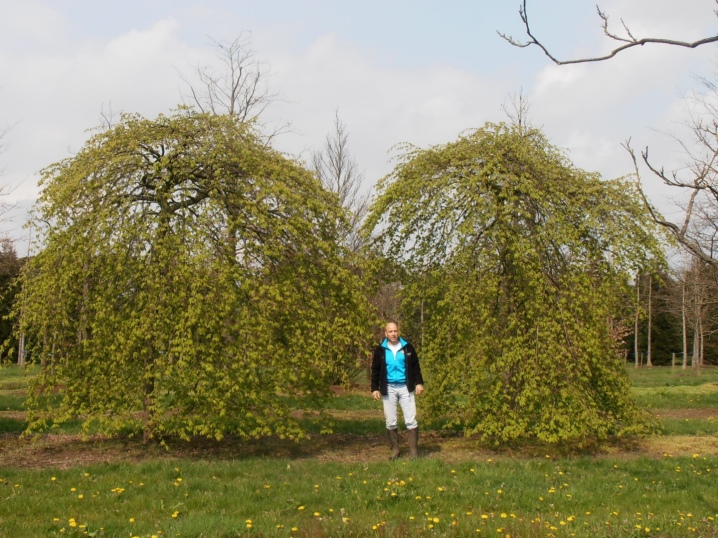
Pruning willow is allowed in early spring, after flowering, which occurs in March-April. During the flowering period, the plant is covered with golden yellow catkins (only male), acquiring an unusually attractive appearance. It is noteworthy that goat willow usually blooms before the leaves appear.
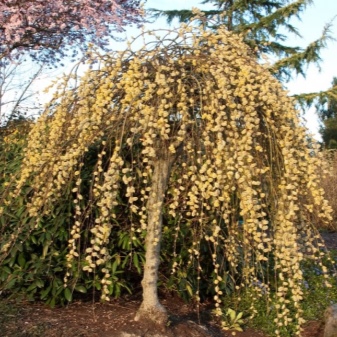
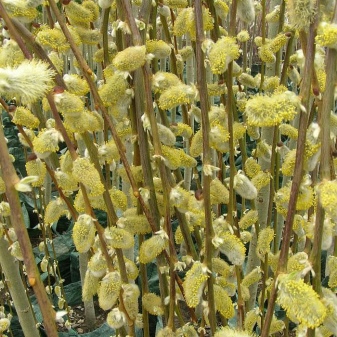
In decorative gardening and landscape design, the Pendula goat willow has become widespread due to its unpretentiousness. It withstands the effects of low and high temperatures without losing its decorative effect. Despite the fact that the plant is light-loving, it takes root well in the shade.
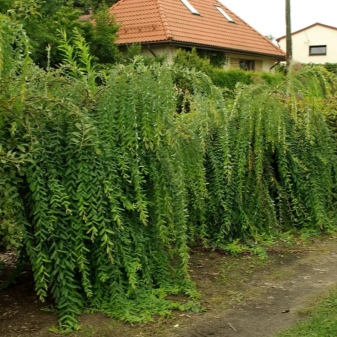

Landing features
When choosing a place for planting willow seedlings, the size of the plants in adulthood should be taken into account.
In order for plants to fully develop, building up a beautiful crown, they should not be oppressed by other green inhabitants of the garden.
It is not recommended to plant willow close to fences (especially metal), walls of outbuildings... A sunny place with light, fertile and well-drained soil is best for planting willow. It is allowed to plant these plants in partial shade.

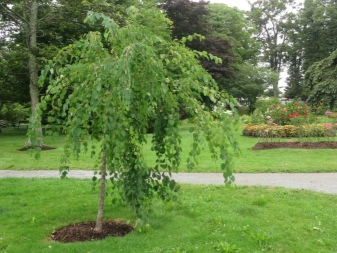
Having found a suitable place to place the seedlings, they begin to arrange the planting pits. The recommended pit sizes are 50x50x50 centimeters. A mixture of peat, humus, compost and garden soil is poured into the bottom of the pits. When planting a goat willow in an area with infertile soil, add 250-300 grams of any mineral fertilizer to the mixture. The pits are half filled, after which they begin to plant seedlings. First, the roots of a young plant are carefully straightened, after which they are placed in a pit and covered from all sides with the remnants of the soil mixture.After planting, the ground around the tree is slightly compacted with palms or a spatula, watered and covered with mulch.
Planting goat willow seedlings with a closed root system is allowed from April to October... It is recommended to plant seedlings with open roots in early spring or autumn.

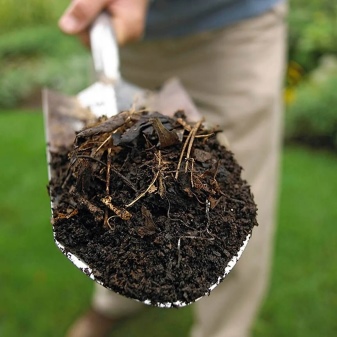
Care
Caring for goat willow involves a set of simple measures. In order for the plant to fully develop and have an attractive appearance, it needs regular watering, periodic feeding and spraying (in the dry season).
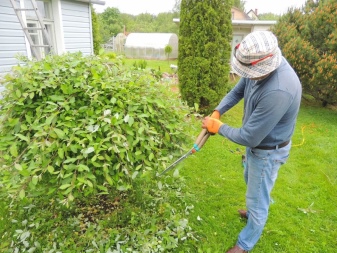

Watering
It is recommended to water the goat willow twice a week, making sure that the water does not stagnate in the trunk circle. In hot weather, plants should be sprayed in the morning or evening hours. The weekly consumption of water for irrigation of willow should be at least 25 liters.
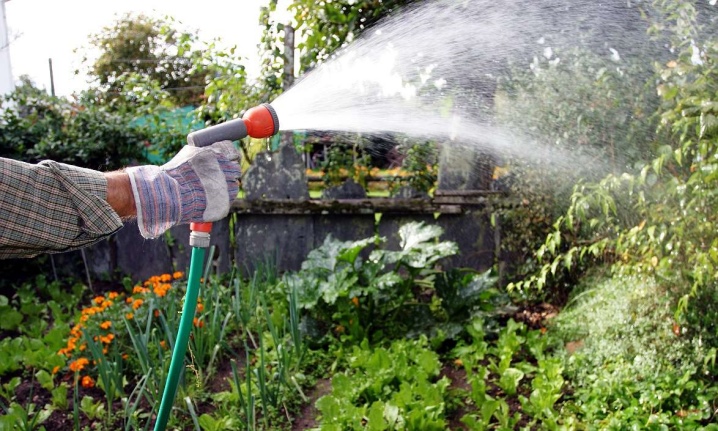
Fertilizer
When growing goat willow, top dressing is applied 2-3 times during the entire growing season. In early spring, plants are fed with a complex mineral fertilizer... At the beginning of autumn, top dressing is applied in the form of superphosphate or potassium sulfate.
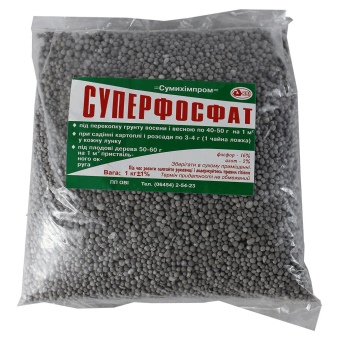
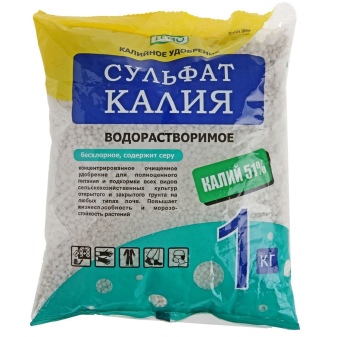
Mulching
After each watering, it is recommended to sprinkle the surface of the ground in the trunk circle with a thin layer of sawdust, compost or peat. It is also allowed to use expanded clay, fine gravel, pieces of cardboard or paper. This procedure will prevent rapid evaporation of moisture after watering and at the same time protect the roots of the plant from overheating in hot weather.
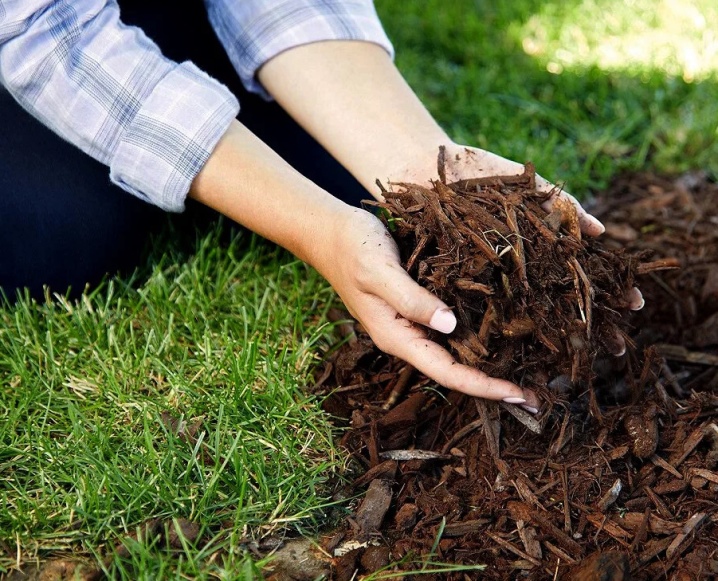
Loosening
Goat willow "Pendula" has a strong and well-developed root system, so loosening the soil around the plant is carried out as carefully as possible. It is recommended to loosen the earth in the near-trunk circle with a small hoe with rare teeth (to a depth of 2-3 centimeters).
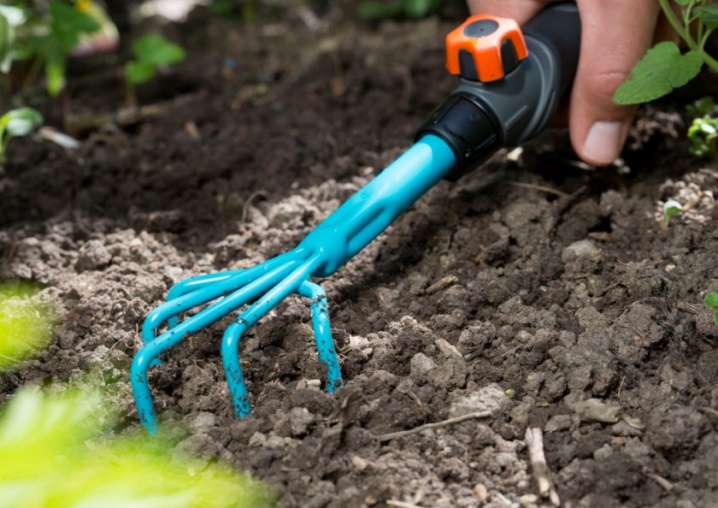
Preparing for winter
Despite the fact that "Pendula" firmly endures the effects of low temperatures, it is recommended to cover it on the eve of severe winters. This primarily applies to young plants (less than 3 years old). To protect young willow bushes from winter frosts, non-woven covering materials (spunbond) or ordinary burlap are used.

Diseases and pests
Goat willow is considered an unpretentious plant, resistant to pests and pathogens of various diseases. Most often, problems with her health arise from improper or insufficient care.
The crooked leaf roll is one of the most dangerous pests that pose a threat to all members of the willow family. The adult is a large brown-gray butterfly, the larvae and caterpillars of which eat leaves, buds and young shoots of plants. In a willow tree affected by this pest, leaves begin to curl and dry. To destroy caterpillars and larvae of leafworms, insecticides are used - "Karbofos", "Lepidocid", "Danitol".
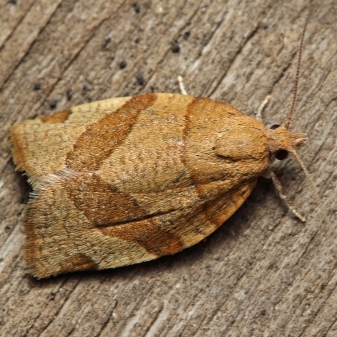
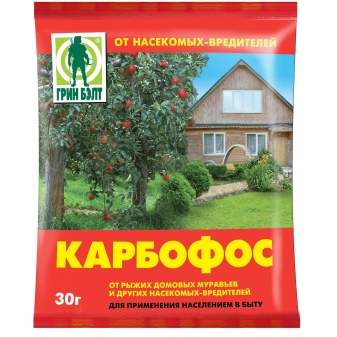
Another enemy of the goat willow is flower fly, the larvae of which severely damage the foliage and shoots of plants. It is noteworthy that the larvae of the pest can be detected both on the willow itself and in the upper soil layer in the trunk circle. To destroy the harmful flies, the previously indicated insecticides are used. In addition, the topsoil around the plant is removed and destroyed.
The appearance of a white-gray fluffy bloom on willow leaves indicates the defeat of the plant by powdery mildew. The most common reason for the development of this disease is non-compliance with plant care recommendations.
The main methods of combating powdery mildew include the treatment with fungicidal preparations, the destruction of the affected parts - leaves, shoots.
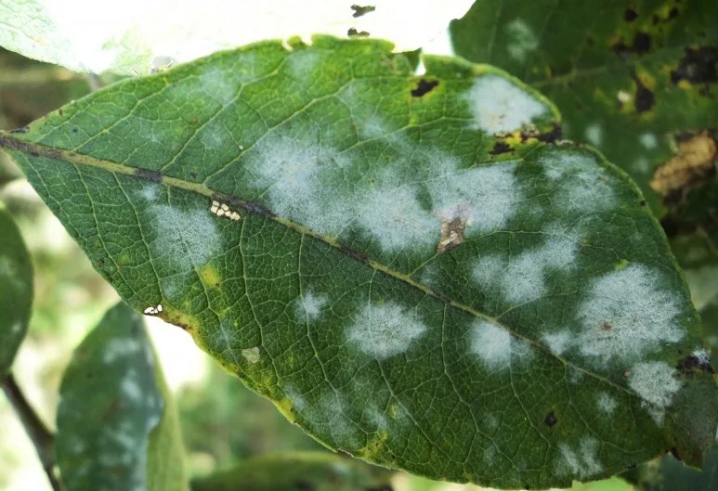
High air humidity and stagnant water in the soil can cause the development of black spot... The development of this fungal disease is evidenced by the formation of light, rounded spots on the leaves and shoots, which eventually begin to turn black. The main methods of dealing with spotting are:
- spraying bushes with fungicides (Fundazol, Topaz);
- soil cultivation in the near-trunk circle with the preparation "Fitosporin";
- destruction of the affected parts of the plant.
To prevent the development of black spot, it is necessary to carefully monitor that the water after irrigation does not stagnate in the near-stem circle, and the foliage and shoots of plants are dry. Also important preventive measures are regular cleaning of debris around bushes and weed control.

Willow in landscape design
Willow "Pendula" is usually used to create group compositions. It looks great surrounded by perennial and annual flowers, ornamental shrubs - jasmine, mock orange, thuja, lilac. In spacious home gardens, it can be grown in conjunction with other members of the willow family, for example, with tall dewy or spectacular rosemary willow.
Goat willow is also used as a solo plant. Landscape designers recommend placing it near ornamental ponds, against which this plant looks very organic.
In addition, this tree is able to adequately decorate any rock garden - an elegant composition of stones, ground cover and undersized plants. On a hot and cloudless day, the willow crown will protect the rock garden from the scorching sun, preventing the flowers from wilting and fading.
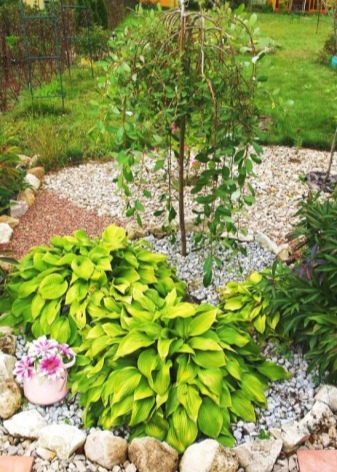
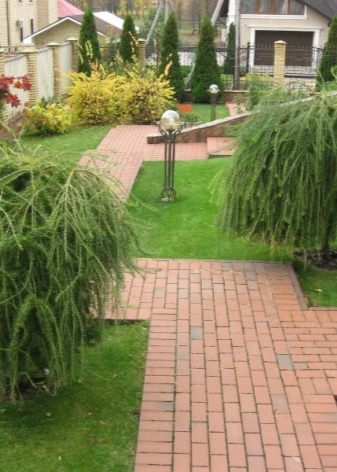
Learn more about pruning Pendula goat willow in the following video.



































































The comment was sent successfully.